It’s no secret that Americans love to visit Italy; the Washington Post predicted in December that the country would be Americans’ top foreign tourist destination for 2023, and the volume of US visitors who’ve arrived in Italy since then appears to have borne this out.
But while many Americans have a deep knowledge of – and love for – Italian culture, there are some surprisingly enduring myths about Italy that can be found in the USA specifically.
Some come close to the truth, while others fall wide of the mark.
There is no ice in Europe/Italian restaurants charge for ice
Fiction – Americans love ice, beverages are routinely served with it and refrigerators in the US often have some type of ice dispenser attached to the door.
But in Italy, ice is simply less prioritised. While ice in your drink will usually not cost you extra, you might need to specifically request it. Soft drinks in Italy are usually served without ice, so if you want your beverage iced, you need to request the drink con ghiaccio – with ice.
READ ALSO: Aperol and aperitivo: A guide to visiting bars and cafes in Italy
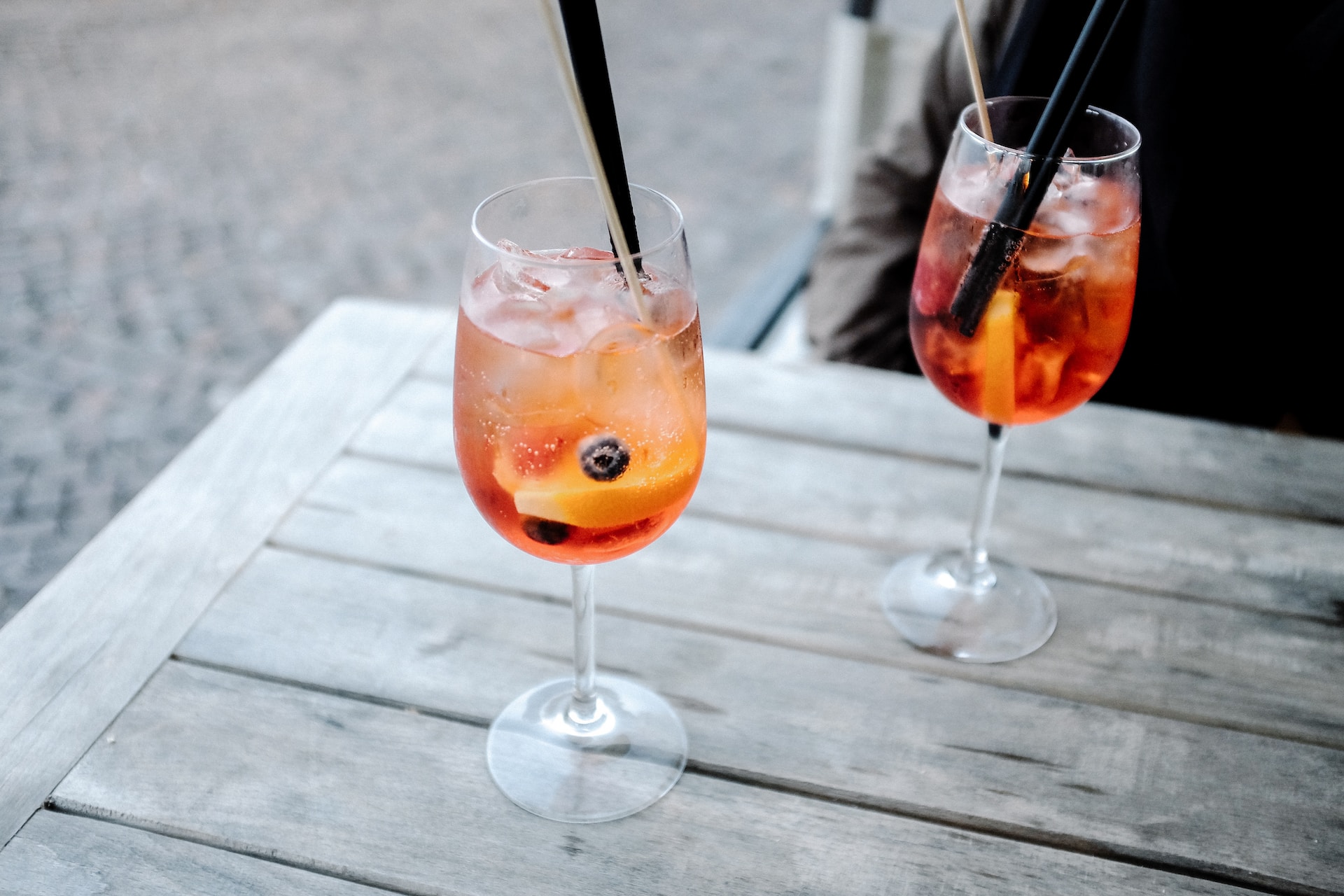
Italian homes don’t have dryers
Fact (mostly) – Tumble dryers do exist in Italy, but they’re rare. A survey published by Italy’s national statistics office (Istat) in 2014 found that just 3.3 percent of Italian households had one, whereas 96.2 percent had a washing machine and 39.3 percent a dishwasher.
Those washing lines strung with laundry hanging above the heads of passers by aren’t there just to create a quaint backdrop for photos – people make wide use of the abundant sun to air dry their clothes and sheets.
That does not mean that Italians in cities don’t occasionally use clothes dryers though if they’re in a rush; some might take items to a nearby laundromat.
McDonald’s is healthier in Italy
Fact (sort of) – McDonald’s uses different ingredients based on the country, and the Big Mac in Italy is (slightly) healthier than the one sold in the United States. It is slightly less calorific, with 509 kCal in contrast to the American Big Mac’s 540 kCal per 100g.
The Italian Big Mac also has less salt and fat, but it does not compare to the world’s healthiest Big Mac (found in Israel).
READ ALSO: Which stores across Italy sell American foods and drinks?
McDonald’s in Italy also uses EU-sourced ingredients, and the EU restricts the usage of additives and growth hormones. For example Azodicarbonamide which is used to bleach flour, is banned in the EU, but not in the United States, where McDonald’s was still using it as of 2016.
It is true, however, that you can buy beer in McDonald’s in Italy.
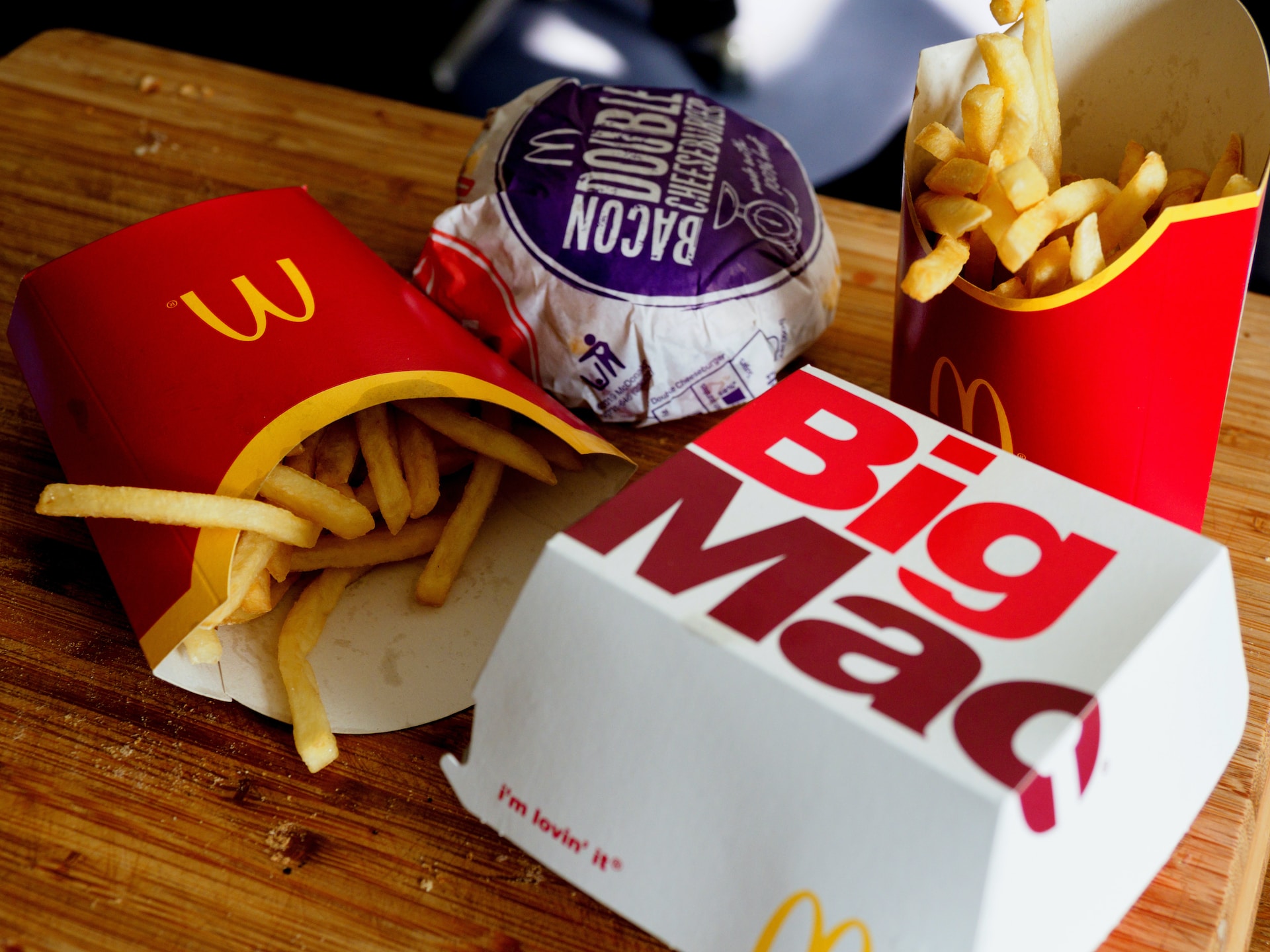
Italians drive small cars
Fiction (increasingly) – Think of Italian cars, and you might picture a classic Fiat 500 puttering around picturesque cobbled streets – but that’s all changing.
2021 was a historic year for the Italian automotive industry: the sale of SUVs surpassed those of medium-sized sedans for the first time, claiming 48 percent of the market share compared to the sedan’s 45 percent.
That may not match the US, where SUVs and pick-up trucks currently account for around 73 percent of vehicles sold, but it’s a huge increase from 2012, when SUVs made up just 17 percent of vehicle sales in Italy.
There are no free public toilets
Fact (mostly) – You will occasionally find an Italian town or city that offers some free public toilets. For the most part though, you’ll have to pay, including in train stations – and even paid public toilets are few and fair between.
Instead, you’re better off heading to one of the many caffe-bars found all over the country and paying for a euro for a bottle of water or a coffee so you can use their facilities – if you ask nicely, you might even be allowed to go for free.
Metro stations, supermarkets and grocery stores tend to not have any toilets at all, and neither will most clothing stores. One place you will find plenty of free public bathrooms, though, is a motorway service station.
Something that strikes many visitors to Italy as odd is the lack of seats on public toilets. Exactly why this is the case is debated, but there’s a general consensus that the phenomenon has rapidly accelerated in the past couple of decades.
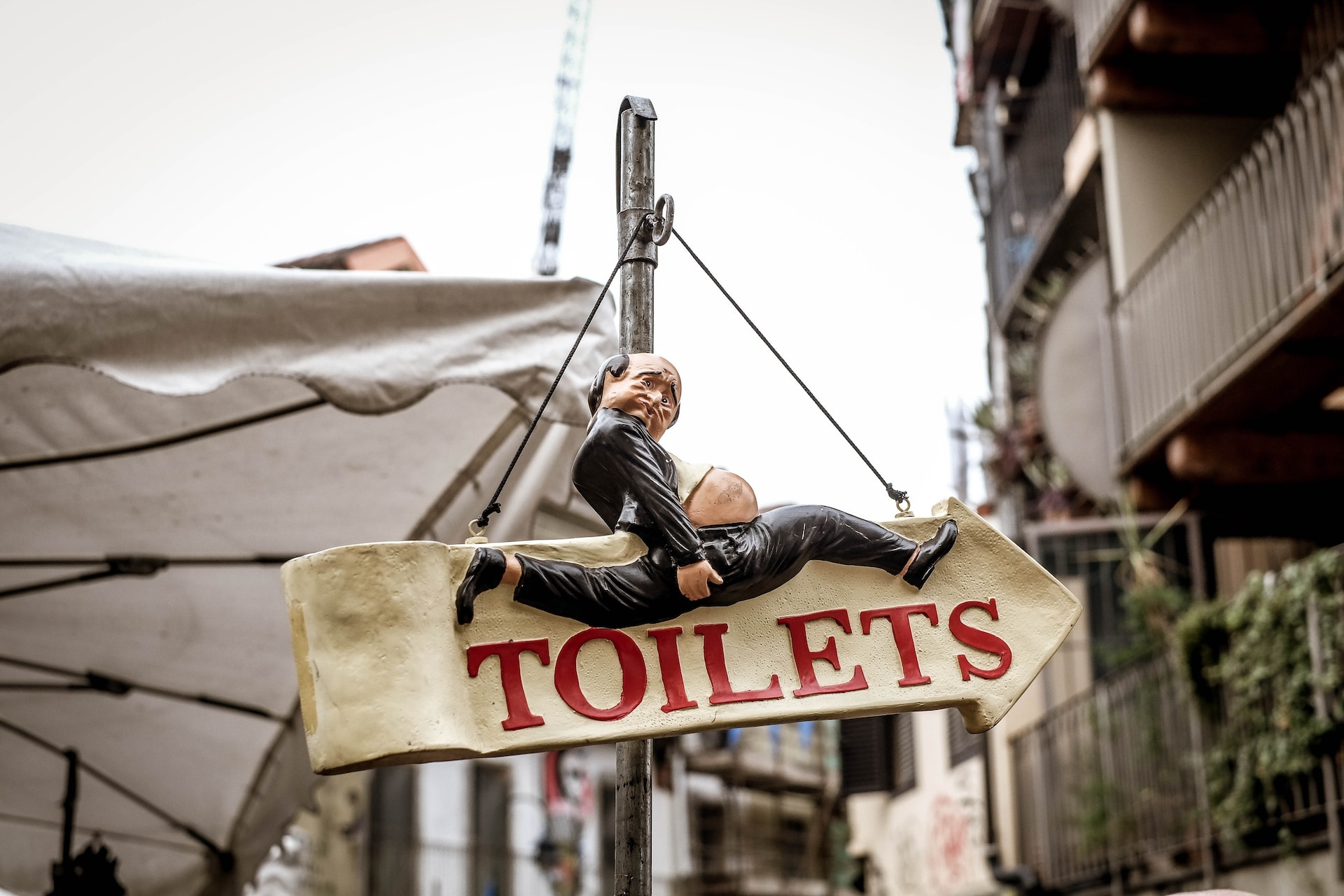
Italy doesn’t have air conditioning
Fact (sort of) – There’s not no air conditioning in Italy – in fact data from Italy’s national statistics office showed that one in two Italian households had AC in 2021.
It’s far less popular than in the US, though, where 90 percent of households have air conditioning. There’s still not much of a culture of AC in Italy, where many believe it will give you a colpo d’aria leading to at best a sore neck and at worst pneumonia – so even households that have a unit tend to use it sparingly.
READ ALSO: The illnesses that only seem to strike Italians
If your hotel or Airbnb doesn’t specifically mention AC, you can assume it doesn’t have it.
Coca-Cola tastes different in Italy
Fact – While Coke is available almost everywhere in the world, the actual ingredients in Coca-Cola are different in some countries, which could lead some Coke connoisseurs to notice a difference in taste between the products in the US and those in the EU.
The biggest difference is the regular Coke – in the US this uses high fructose corn syrup while in Europe cane sugar is used to sweeten the product, resulting in a significant difference in taste.
READ ALSO: Is Diet Coke really banned in Europe?
You’re much more likely in Italy to come across Coca Zero, the zero-sugar version of Coca-Cola, than Coca-Coca Light, the European version of Diet Coke, which has always been hard to find and which some online sources say Italy stopped distributing altogether in 2022.
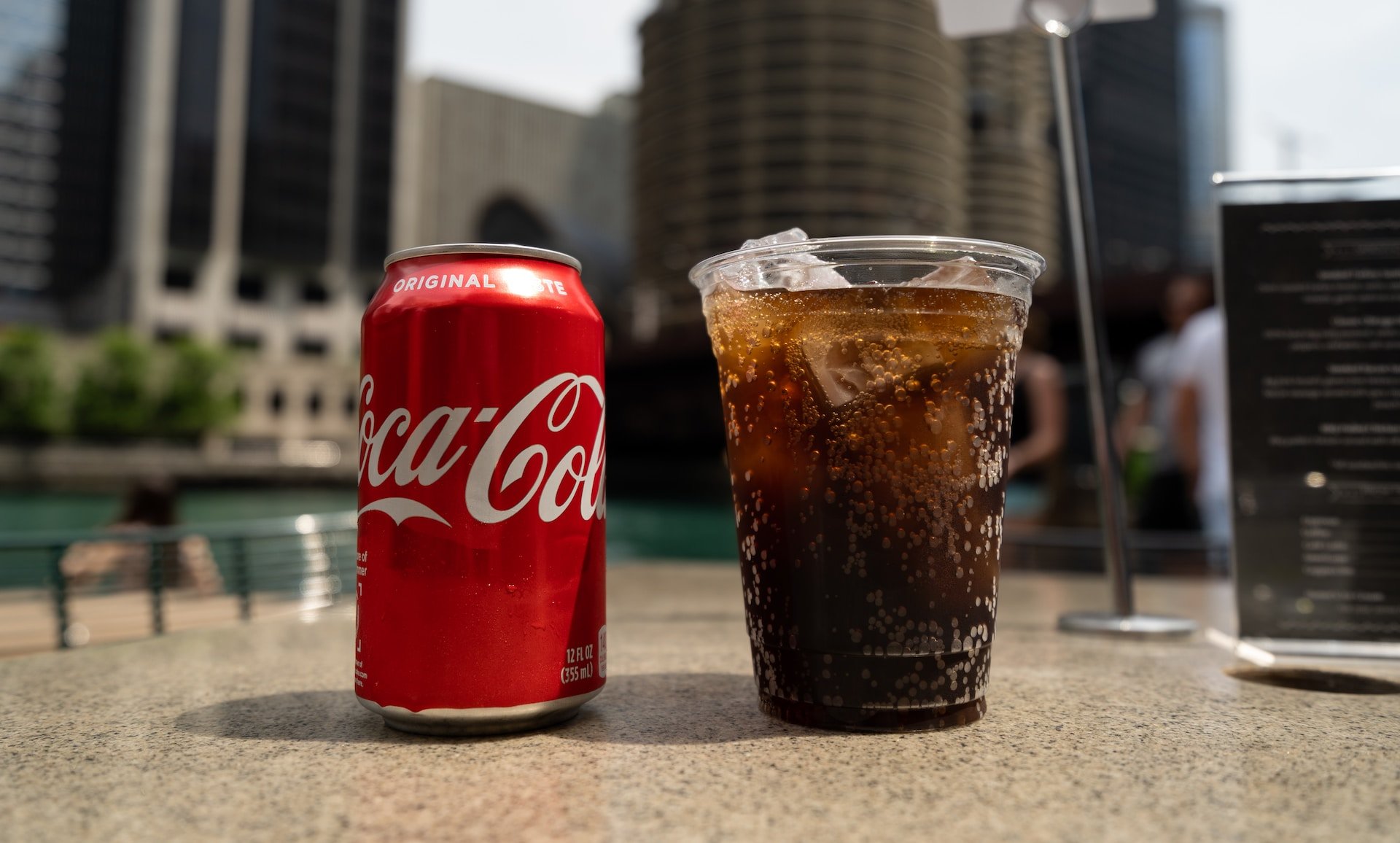
You don’t need to tip
Fact – It’s not necessary to tip after a restaurant meal in Italy. However, this is a matter of personal choice and you are free to do so (tipping certainly won’t cause upset).
Diners do often leave some change after a particularly enjoyable meal. In terms of how much to give, some people round up a bill to include a tip, while others give what spare change they have.
READ ALSO: What are the rules on tipping in Italy?
Some people may also opt to tip other professionals as well, such as taxi drivers and cleaners, but again – this is optional and typically not a large quantity. In some apartment buildings, residents may give a Christmas card with money inside to the portiere (doorman) as a kind of annual tip.
All cars are stick shift
Mostly fact – In the United States, stick shift vehicles are becoming a thing of the past, but in Italy they are still very much being bought and driven.
As of 2018, around 20 percent of new cars sold in Italy were automatic – which is much higher than the less-than-one percent sold in the 1980s, but still a lot less than the US’s figure of 96 percent.
That said, around 70 percent of SUVs sold in Italy use automatic transition, so with the popularity of these larger vehicles on the rise, you can expect to see more automatics on Italian roads in the future.
What do you think? Have you noticed any other common beliefs or misconceptions about Italy in the US, or elsewhere? We’d love to hear from you in the comments section below.


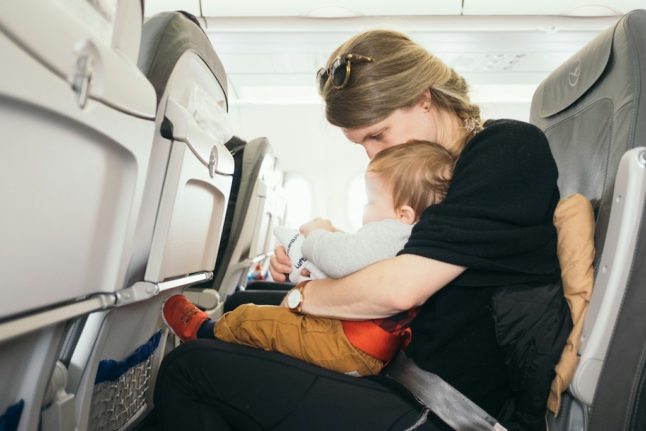
 Please whitelist us to continue reading.
Please whitelist us to continue reading.
Member comments